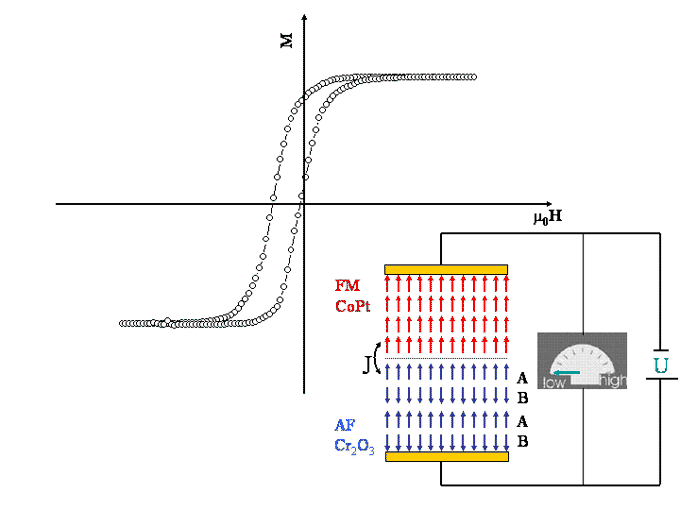Department of Physics and Astronomy: Publications and Other Research
Date of this Version
6-20-2011
Citation
Journal of Materials Chemistry 21, 16819 (2011). DOI: 10.1039/c1jm11845e
Abstract
Nanostructured magnetic materials have a variety of promising applications spreading from nano-scale electronic devices, sensors and high-density data storage media to controlled drug delivery and cancer diagnostics/treatment systems. Magnetic nanoparticles offer the most natural and elegant way for fabrication of such (multi-) functional materials. In this review, we briefly summarize the recent progress in the synthesis of magnetic nanoparticles (which now can be done with precise control over the size and surface chemistry), and nanoscale interactions leading to their self-assembly into 1D, 2D or 3D aggregates. Various approaches to self-organization, directed-, or template-assisted assembly of these nanostructures are discussed with the special emphasis on magnetic-field enabled interactions. We also discuss new physical phenomena associated with magnetic coupling between nanoparticles and their interaction with a substrate and the characterization of the physical properties at the nanoscale using various experimental techniques (including scanning quantum interferometry (SQUID) and magnetic force microscopy). Applications of magnetic nanoparticle assemblies in data storage, spintronics, drug delivery, cancer therapy, and prospective applications such as adaptive materials and multifunctional reconfigurable materials are also highlighted.


Comments
Copyright (c) 2011 Royal Society of Chemistry. Used by permission.